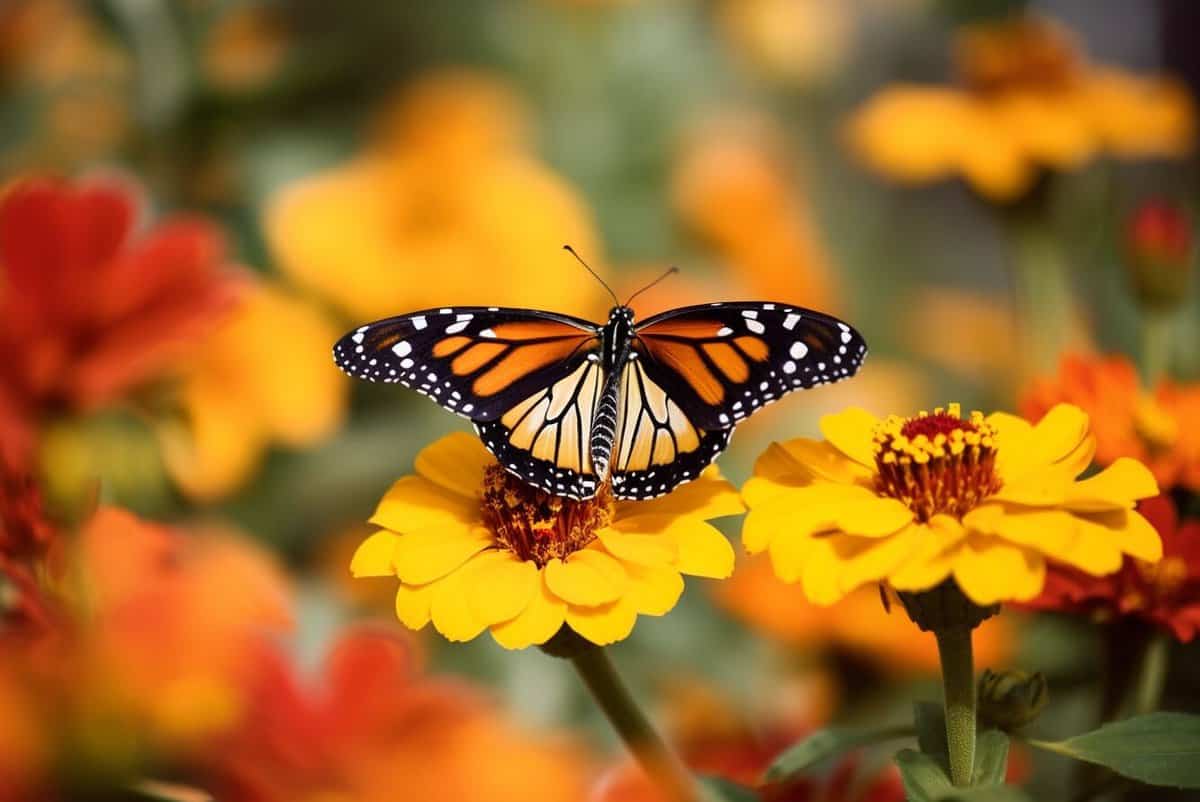
INSECT DIRECTORY
Get to Know Your Garden’s Pests and Allies!
What is a Garden Insect?
Garden insects – those little critters that love hanging out in your garden and landscape. Some of them can be pretty annoying and cause damage to your plants. Many of the garden insects are the same as those you might find with your indoor plants. You might have come across aphids, caterpillars, whiteflies, spider mites, or even the notorious Japanese beetles. But hey, let’s not paint all of them with the same brush!
It might be hard to believe, but not every insect in your garden is up to no good. In fact, some of them are downright helpful. Bees, butterflies, and ladybugs, for example, are actually your garden’s best friends. They help to pollinate plants, keep pests under control, and contribute to the overall ecosystem health of your garden.
So, before you go on a bug-busting spree, it’s important to know which ones are good and bad in the world of garden insects. Make sure you can identify them and understand their role in your garden, so you can make informed decisions on how to manage them. After all, we want to keep the good guys around!
Select an Insect or Types Below to Get Started
For more on plants, check out the Houseplant Care Guides list.

